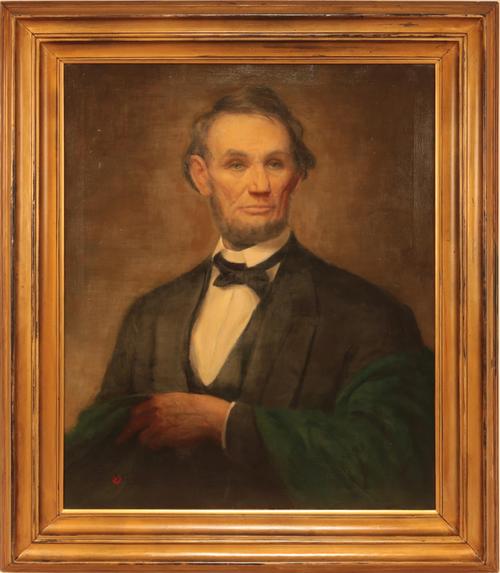Featured 19th Century Painter: Penrhyn Stanlaws (Scottish-American 1877 - 1957)
- March 03, 2021 07:08

Artist Penrhyn Stanlaws was born in Dundee, Scotland, and immigrated to the United States as a young man in 1901. Penrhyn Stanlaws birth name was Stanley Adamson; however, because his older brother was also an illustrator, he changed his name to avoid confusion. An enterprising young man, he plied his considerable artistic talent to fund his education at Princeton University. After that, Stanlaws traveled to Paris and remained there for three years, studying at the Académie Julian. Upon his return to the United States, he opened a Studio in New York City, where he became famous for his "Stanlaws Girls", rivals to the then popular "Gibson Girl" illustrations by artist Charles Dana Gibson. These illustrations depicted what was believed to be the "ideal" woman at the turn of the nineteenth century America—beautiful and independent. He illustrated the most beautiful women of his time, including the famous models Anna Q. Nilsson, Olive Thomas, and Mabel Normand, all who went on to become famous, if not infamous Hollywood actresses. During the 1920’s, his illustrations appeared on the covers of the Saturday Evening Post, The American Magazine, Collier's, Life, Judge, The Metropolitan Magazine and Hearst's International. Stanlaws organized a syndicate to build the 10-story Hotel des Artistes at 1 West 67th Street, where it still stands. When it was completed in 1917 for 1.2 million dollars, he claimed that it was "the largest studio building in the world". He exhibited at the National Academy of Design, Society of Independent Artists, Society of Illustrators, Art Institute of Chicago and the Pennsylvania Academy of the Fine Arts. In the early 1920s, Stanlaws followed the path of his early models and headed to Hollywood, California. It wasn’t too long afterward, that he began directing silent movies, seven in all. In one, The Pink Gods, he directed his former model Anna Nilsson. Not long after that, he apparently became disenchanted with Hollywood or at least its actresses. In an article that appeared in a 1923 Screenland magazine titled, What's the Matter with Our Hollywood Women? he scathingly critiqued the physical attributes and proportions of then popular actresses. Apparently they did not meet his standards of the "ideal women". His obsession with perfection and proper proportion is evident in this painting of Abraham Lincoln. In his own words, printed on the back of the canvas, Stanlaws states that he "used the life-mask of Lincoln made by Leonard Volk in 1860." He made careful measurements so that the "head in the canvas is exactly life size" and "all features were measured and calibrated for perspective." In addition, he studied the 120 known black and white photographs of Lincoln. His coloring is based on "the many descriptions of him including his own and the one given me by an usher in Ford’s Theatre on the fateful night". The painting represents Lincoln as he looked in 1864. The painting hung in the "Presidential Room" of the landmark Mission Inn, in Riverside, California for years. In the period from circa 1931 to 1956, the Inn "was filled with art and artifacts…from across the nation and around the world… to enchant and delight guests". In 1956, all the paintings and artifacts were sold in an effort by a new owner in an unsuccessful effort to "modernize" the ailing inn, and the painting of Lincoln was likely a part of that cultural exodus. This painting was featured in the February 13, 1951 issue of Look magazine with the title "What Did Lincoln Really Look Like?" This painting is the most accurate depiction of our 16th President.







_(Medium)100x100_c.jpg)













